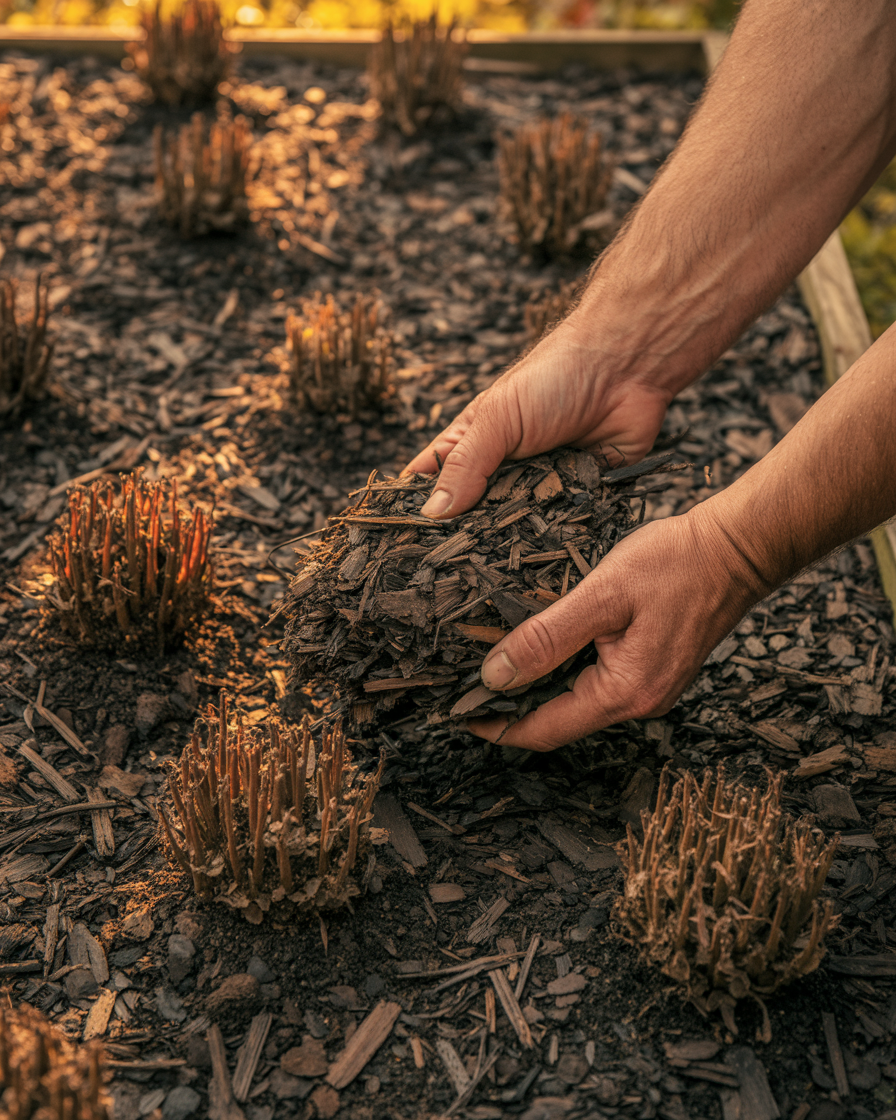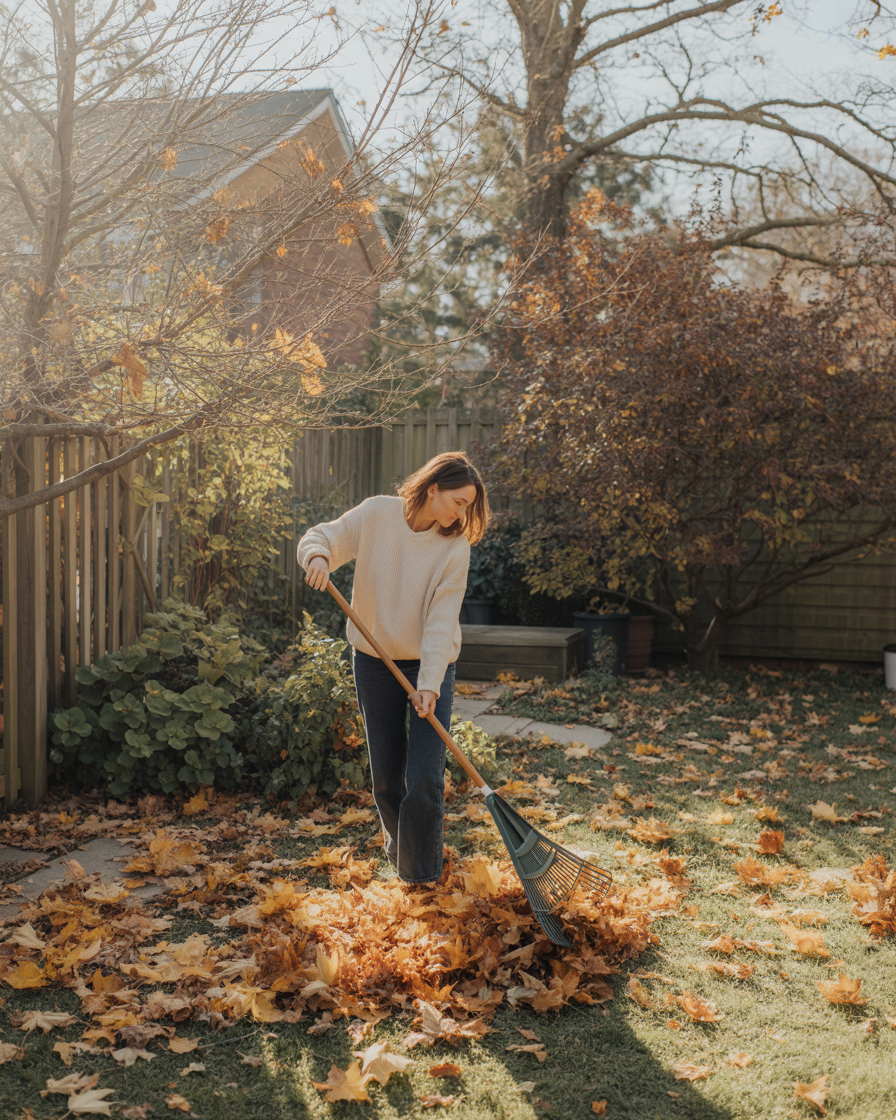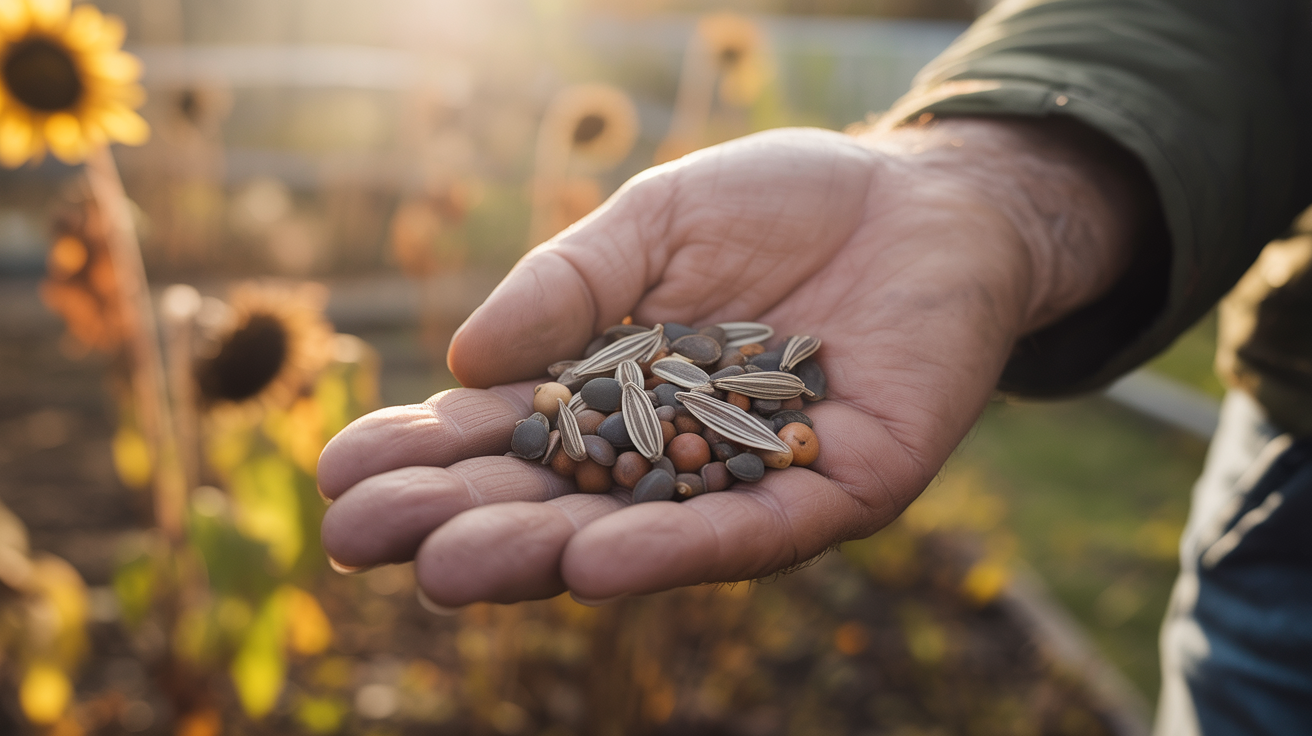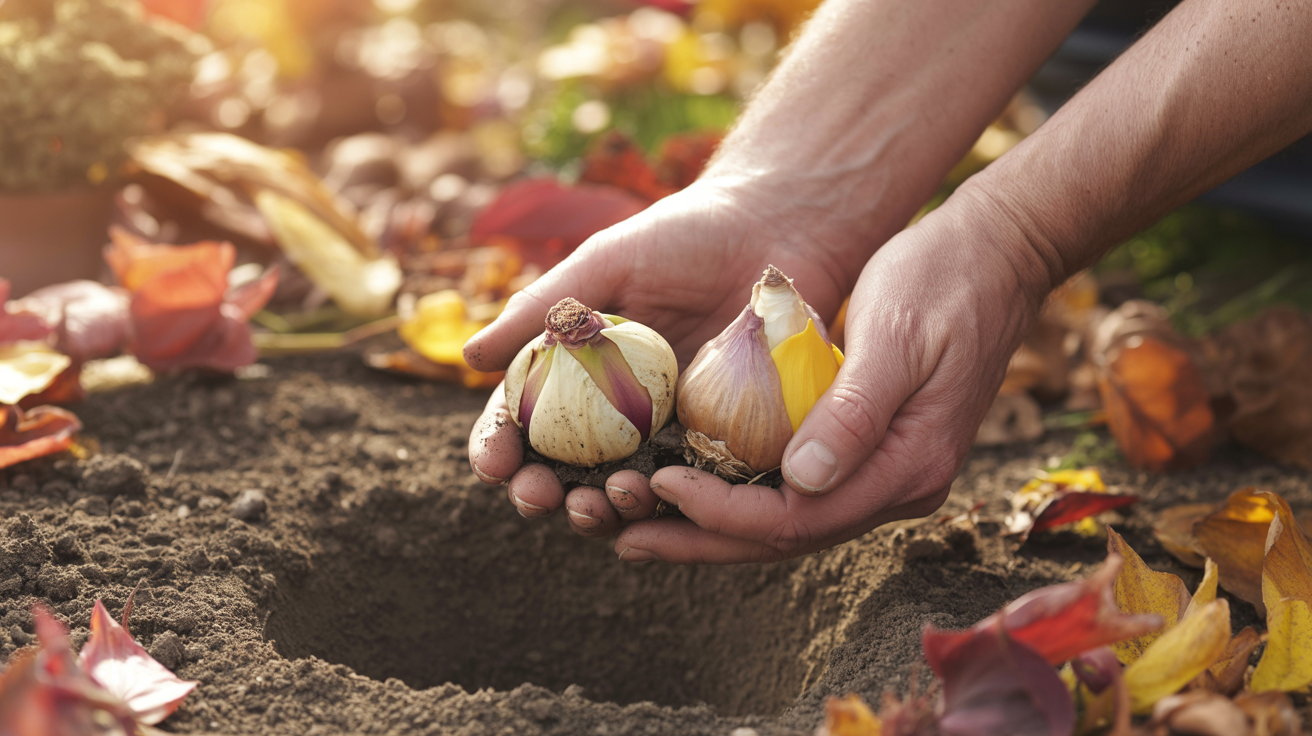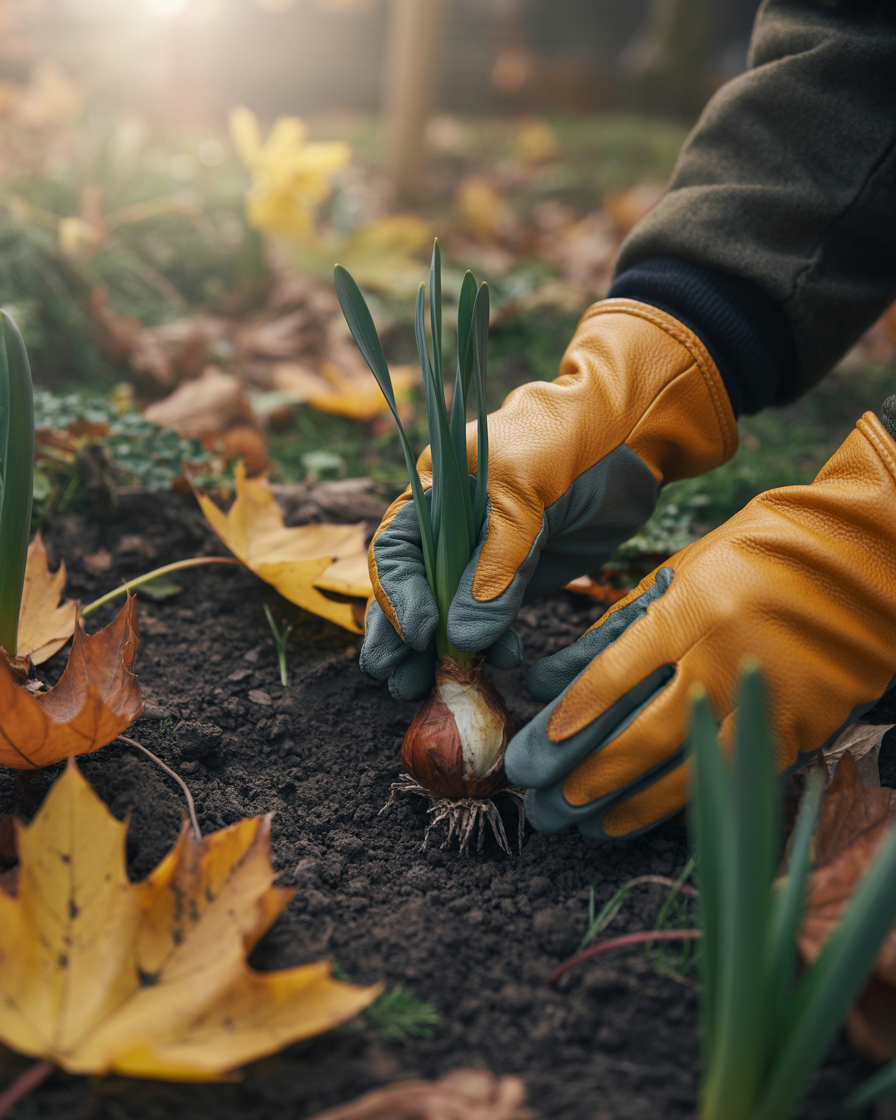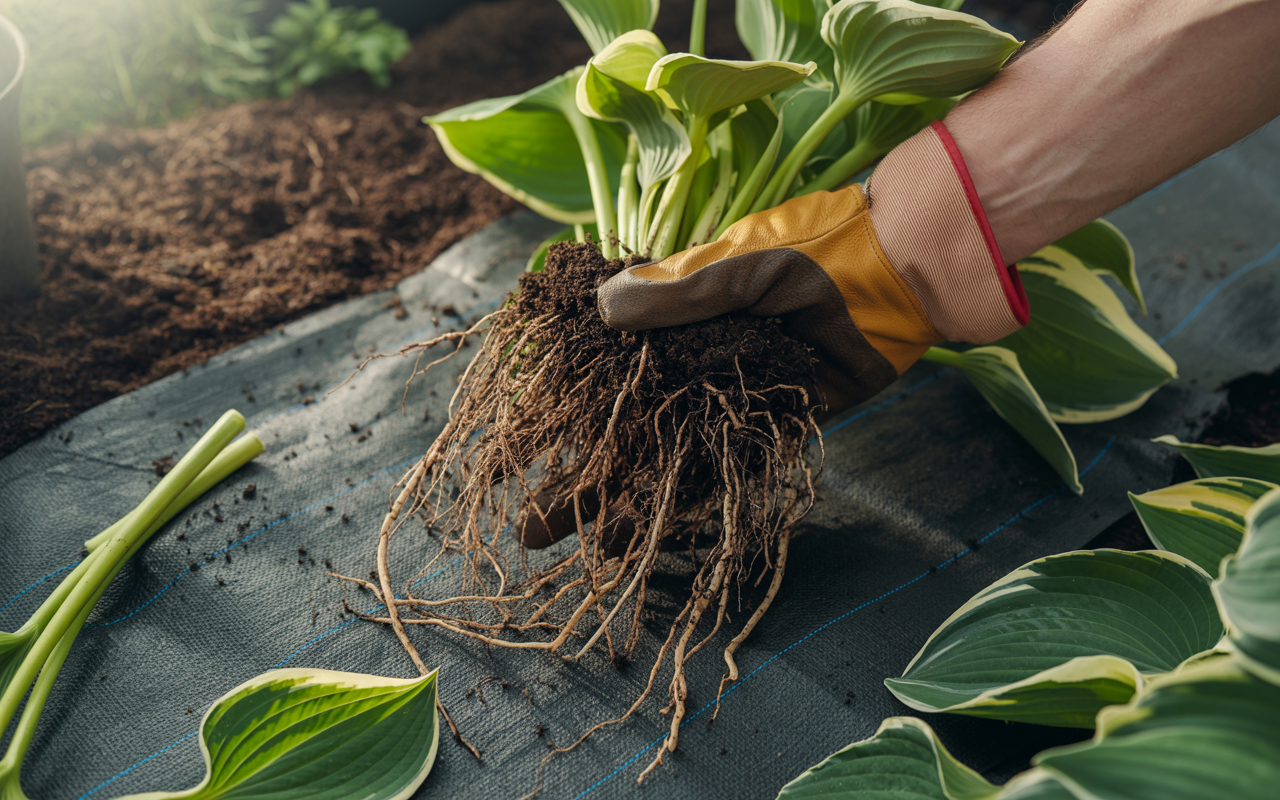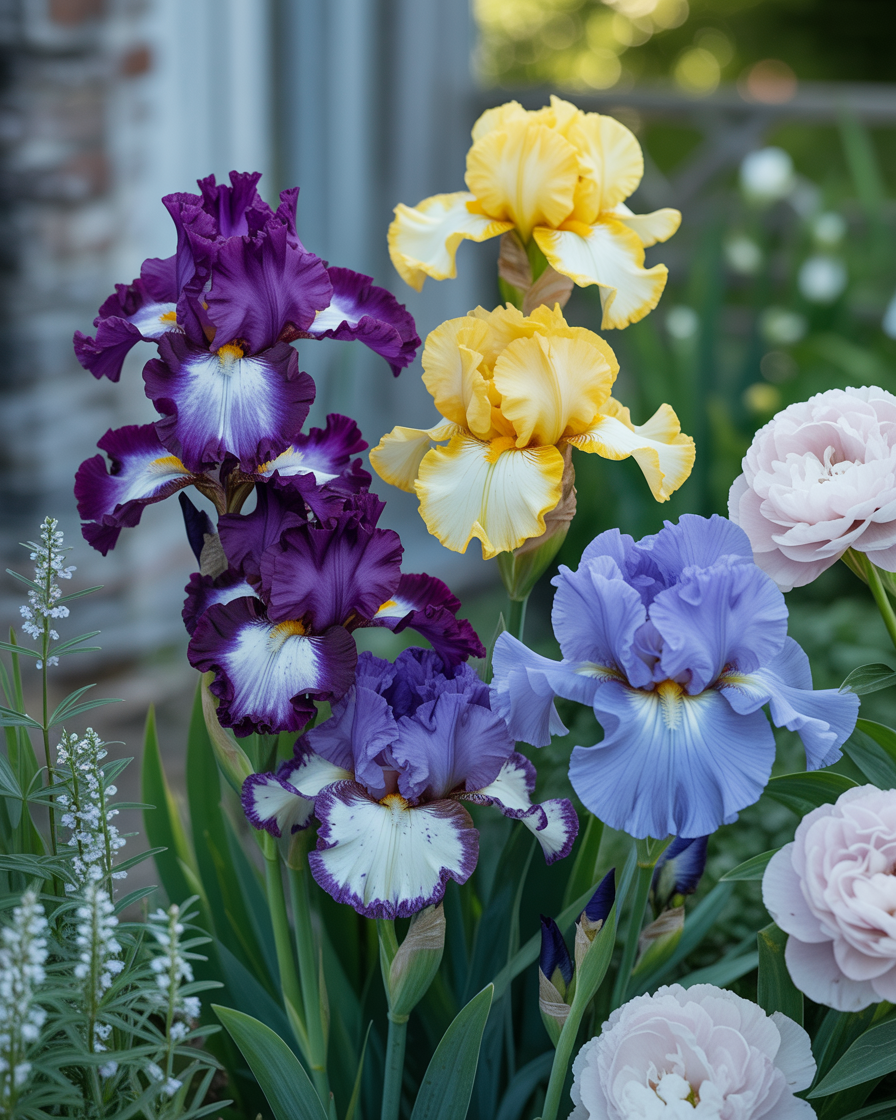BLOG
Our Facebook Feed
Contact Us
The Landscape Connection
4472 S. Mulford Rd
(Corner of Mulford and Linden Rd)
Rockford, IL 61109
michelle.tlcgiftandgarden@gmail.com
815-874-8733
Hours
- Mon - Sat
- -
- Sunday
- -

Local Personal Checks
Privacy Policy
| Do Not Share My Information
| Conditions of Use
| Notice and Take Down Policy
| Website Accessibility Policy
© 2025
The content on this website is owned by us and our licensors. Do not copy any content (including images) without our consent.



